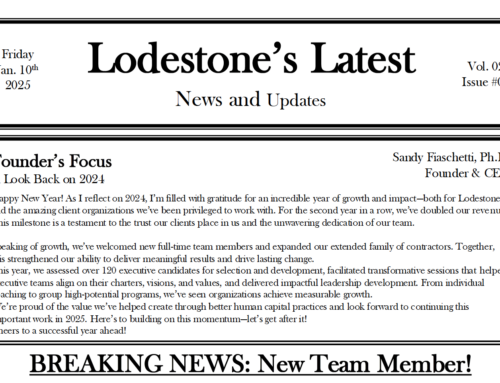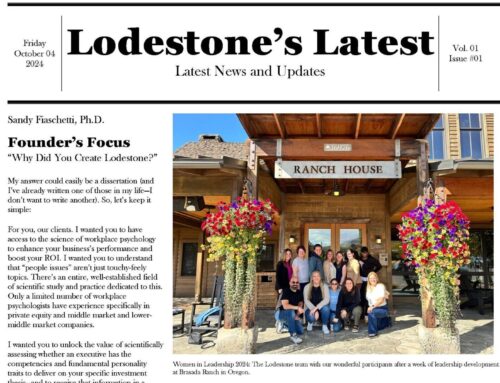
Hot-off-the-press research from the Harvard Business School shows that the percentage of workers voluntarily leaving their jobs has been increasing 0.1% per year, on average, since 2009. It seems the so-called “Great Resignation” seen in the current labor market is more of a continuation of a long-term trend than a phenomenon uniquely caused by the pandemic.
In response to both emerging and long-term trends, private equity (PE) investors want to know how they can be more intentional and proactive navigating human capital realities. In short, the answer lies in proper due diligence prior to acquisition and continued data-driven, strategic investment in human capital during the hold period.
Private equity due diligence practices follow a traditional “playbook” when considering whether or not to add a prospective company to their portfolio. Deal teams typically scrutinize areas such as market position, competitive landscape, credit rating, historical growth, existing customer base, financial performance, and debt load to name a few.
Discerning PE companies understand the importance of also including human capital factors in their up-front analyses. We know why workers leave organizations. Having readied answers to key questions must be prioritized, not considered as an after-thought:
Is worker pay competitive by industry or geographical standards and benchmarks?
Is the workplace climate and culture of the target company high performing or is it toxic?
Are development and advancement opportunities for workers ingrained into core business practices?
Is there a premium placed on developing leaders?
Answers in the affirmative lead to employee engagement, commitment, retention, and ultimately, company performance.
Once a company is acquired, investment and operations teams quickly go to work implementing strategies against their investment thesis. With deserved attention to “hard” numbers like ROIC and EBIDTA, what sort of attention does human resources and human capital typically get during due diligence and when crafting an investment thesis? Perhaps not surprising, the answer to that question depends on who you ask. Do deal teams view human resources mostly as an operational cost to monitor and maintain at an appropriate, minimum working level? Or do they recognize there are ways of enhancing overall value creation of a company by emphasizing the return human resource dollars can yield?
Economists first coined the term “human capital” in the 1960s, but it has largely been slow trudging since then to evolve from a deficit expenditure view of human resources to a value creation view. The good news is that PE firms are beginning to catch on…and quickly. The bad news is that PE firms that continue to drag their feet are missing this leverageable advantage for their portfolio companies, let alone their own internal firm performance.
Companies that strategically invest in their human capital see greater market returns, better cash flow, and perform better on market cap indices like the S&P. There is a big difference, however, between companies that “check the box” by stating in their board report that “Our people are our greatest asset” and those who actually put their money where their mouth is. It’s not a simple matter of terminology by doing away with references in company communications to “human resources” and replacing it with “human capital.” Rather, it requires intentionality, focus, and commitment to seeing these investments through to realize their benefits.
Effective leadership is a talent magnet, both attracting talent to the company and retaining the talent as well. The investment in systems and processes that PE firms makes in their portfolio companies can only be realized with quality decision-making, seamless cross-functional collaboration, and bringing out the best creative ideas of the people who are closest to the work and to the customers. Leadership not only enables these outcomes but does so in a way that can be scaled throughout the organization. In short, a commitment to strategic talent management is what will create scale and leverage for rapid growth.
As goes the leadership, so goes the company’s performance. C-level leadership is necessary, but not sufficient. Leadership is also needed at all levels of the company, especially in pivotal roles and functions. Effective leaders develop future leaders thus perpetuating the initial investment and creating a high-performance culture.
Moving forward, there is no need to pose the question whether investing in people is a good idea or not. That question has been answered with a resounding “yes.” The relevant question is: “Do you know where to invest your dollars to yield the tangible benefits that deployed human capital can provide?” Today’s leading PE firms jump at the opportunity to answer that question, and we are here to help.




